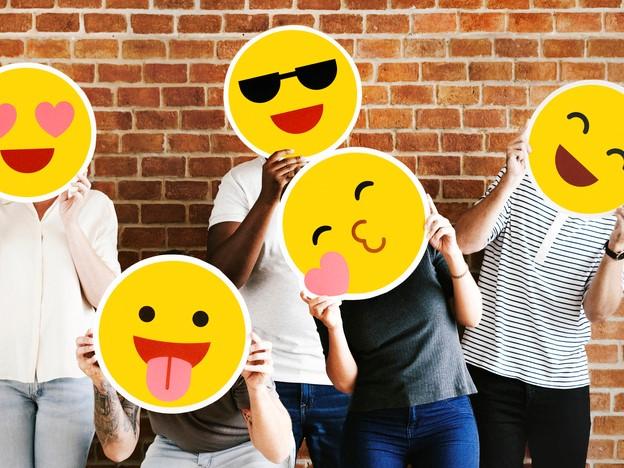
Virtually friends: building bonds in a remote work environment
In my 20 years in higher education administration, spent mostly in large brick-and-mortar research universities, I have not heard much about the importance of work friendships, probably because they are seen as frivolous. However, according to Gallup research, work friendships – specifically those in higher education – are the single most important factor in employee engagement and retention.
Beyond the individual, having “a best friend” is a distinguishing characteristic between high- and low-performing work groups. In higher education institutions nationally, Gallup’s research indicates that only about two in 10 faculty and staff members report having a best friend at work. Not only is this statistic concerning from an employee productivity and engagement standpoint, it suggests that your colleagues may be working with one another for nine, 10, even 11 hours each day, yet feel alone most of the time.
As a senior leadership team member at Colorado State University Global in a mostly remote work environment, the challenge is even greater, because physical distance can make it difficult to build and maintain close relationships at work. When I came into what was my first remote position in 2020, I made it my mission to develop closeness among members of my team. As a result, I feel closer to my remote colleagues than those I saw in the break room on a daily basis. Here’s why:
We had a meeting about our culture
A few months into my current position, it became clear that we needed a departmental pick-me-up. I called a meeting with my team and asked the following question: what do we need to do differently to live out the culture we want? We then made a list of things we would do differently from that day forward, and as a leader, I ensured they happened.
For us, workplace happiness included 30-minute trivia sessions on occasional lunchtimes, memes in the group chat when we finished a meeting early and opening every meeting with the following question: “What is going well for you personally or professionally?” Your team may select different traditions, but the most important thing is that they are what your team feels would make the workplace feel more positive and that there is a plan to ensure they happen. These shifts were minor, but they created an environment of positivity, which is foundational for friendships.
We practise gratitude
At CSU Global, we use a digital check-in system, 15Five, which has a mechanism for giving virtual high fives, giving us the opportunity to publicly or privately thank a colleague for their support. As a leader, I commit to writing at least one each week and tie their behaviour to a university value. Within my team, at the end of every weekly virtual team meeting, we end it with a “Team Hero” award that we pass among each other each week. It does not matter how an organisation shows appreciation for each another, but it is important that it is done regularly. Waiting for an annual or quarterly award ceremony where only a handful of people are recognised is not widespread or consistent enough to ensure that everyone feels seen and appreciated.
We don’t hire or retain bad eggs
Nothing makes you want to run out of the physical or virtual door of the office more than working alongside a toxic colleague. One of the ways we ensure every employee we hire is a cultural fit is in the final stage of our interview process. Every employee is interviewed by a vice-president about our organisational values. This time is used to engage in a deep dialogue about what is OK and not OK at our workplace and require them to provide examples of how they demonstrated these values in the past. And yes, we have elected not to hire an employee after this final interview due to cultural fit. If an employee makes it past this process and I later discover their behaviour is not in alignment with our values, I hold them accountable. Put simply, if the wrong people stay, the good people go.
We role model it
Even if we do all these things, how would one lead their team toward building closer relationships, exactly? According to Shasta Nelson, author of The Business of Friendship: Making the Most of Our Relationships Where We Spend Most of Our Time, as a leader, engaging colleagues with consistency, vulnerability and positivity are a great way to start. We must show we genuinely care about our team and demonstrate the characteristics of a good friend. We have to listen well. Ensure our team members’ positive qualities are noticed. Show genuine interest in our employees’ lives. We must assume good intentions until we are proven otherwise. We must be vulnerable when the situation calls for it. We must apologise when we make mistakes that have a negative impact on our teams. We send personalised birthday cards, work anniversary cards and sympathy cards that are digitally signed by the whole team. In sum, even if we do not have an intention to build a friendship with our reports, leaders must be role models of how it looks, sounds and feels to be a good work friend.
As higher education leaders, we can intentionally build positive workplaces that breed good friendships, which is not just good for the university, it is good for the soul.
Sandy Jones serves as vice-president of strategic engagement at Colorado State University Global, where she drives the university’s stakeholder partnerships, brand awareness and enrolment experience.
If you found this interesting and want advice and insight from academics and university staff delivered direct to your inbox each week, sign up for the THE Campus newsletter.




